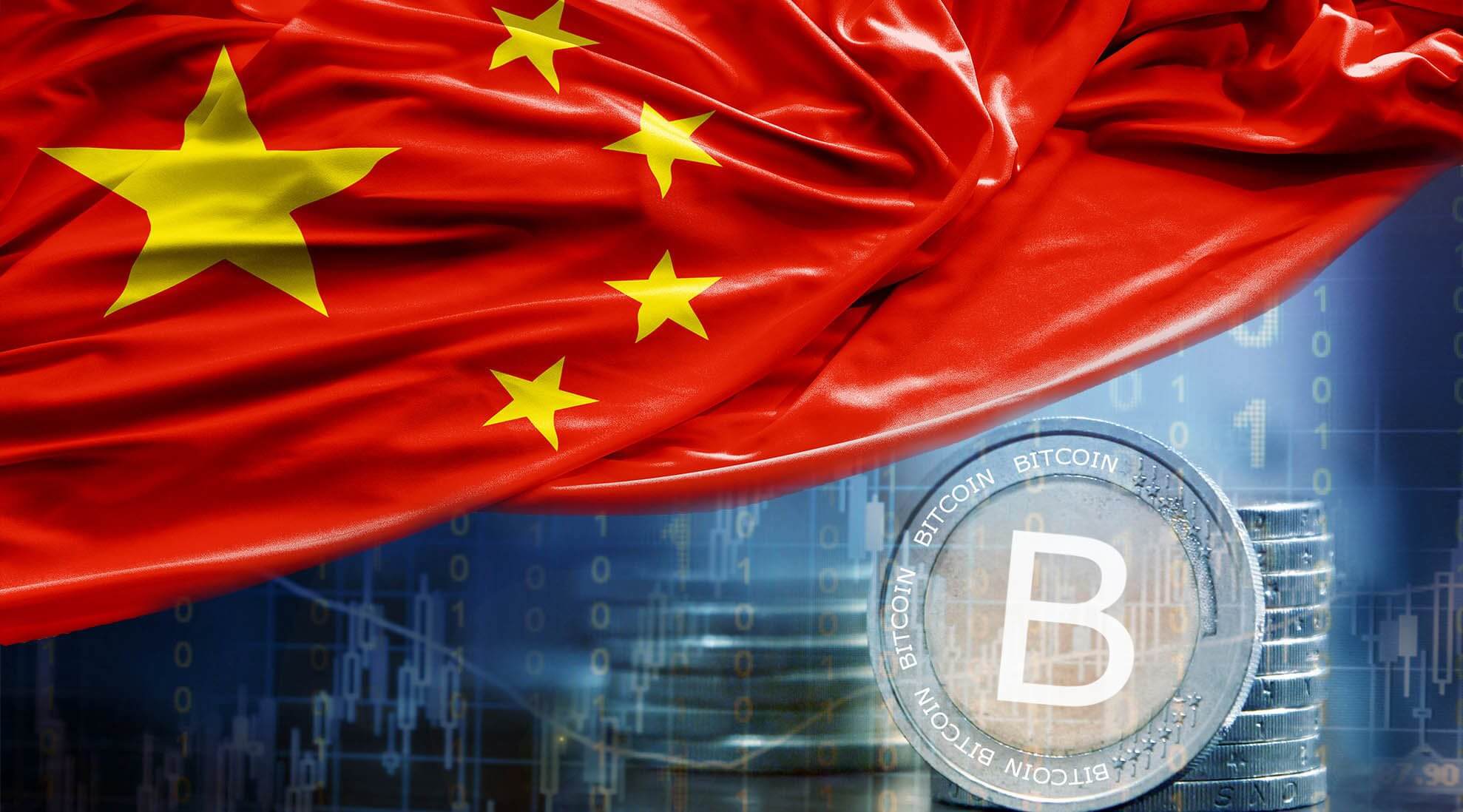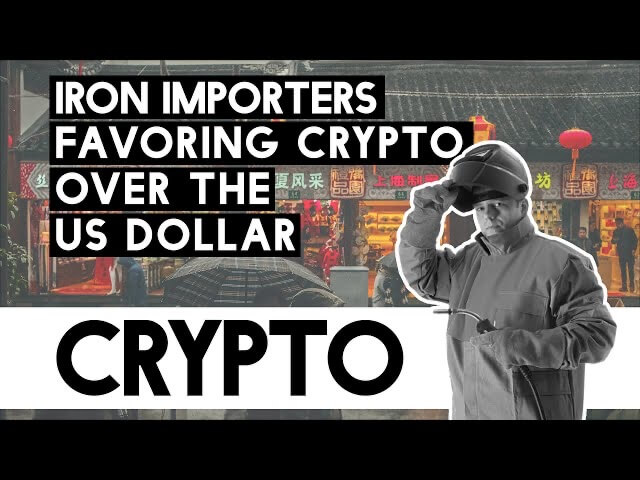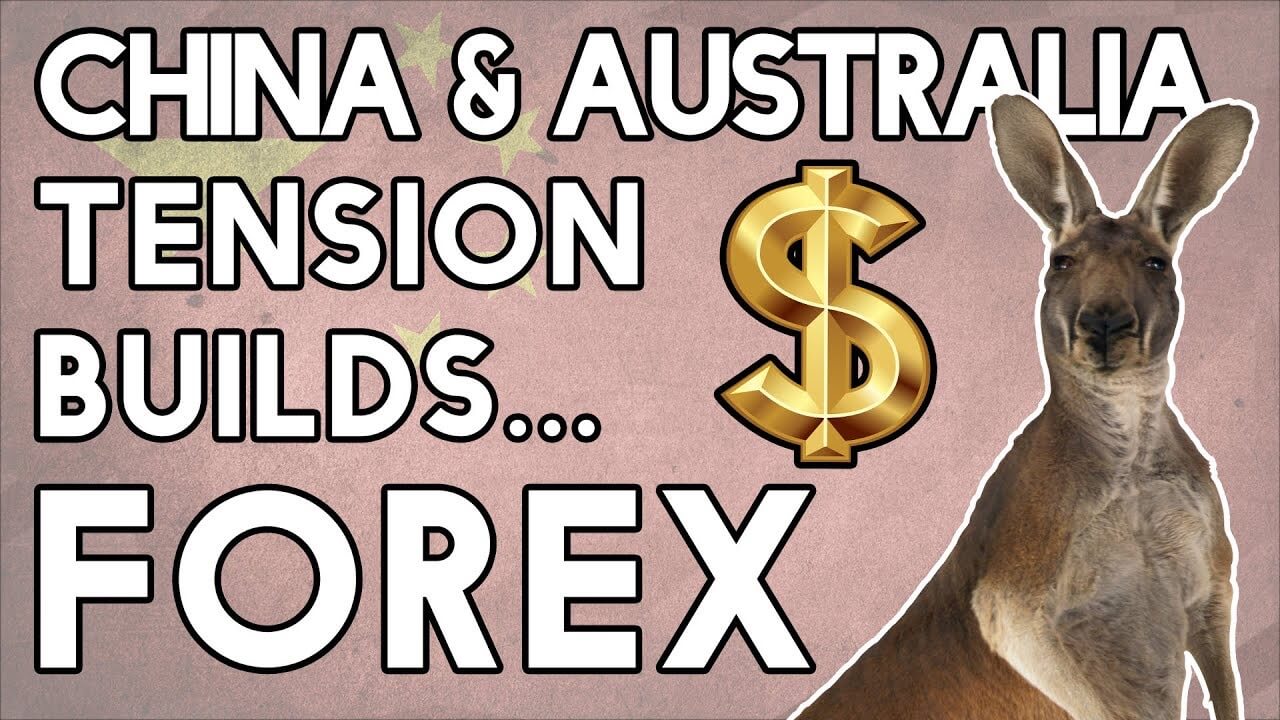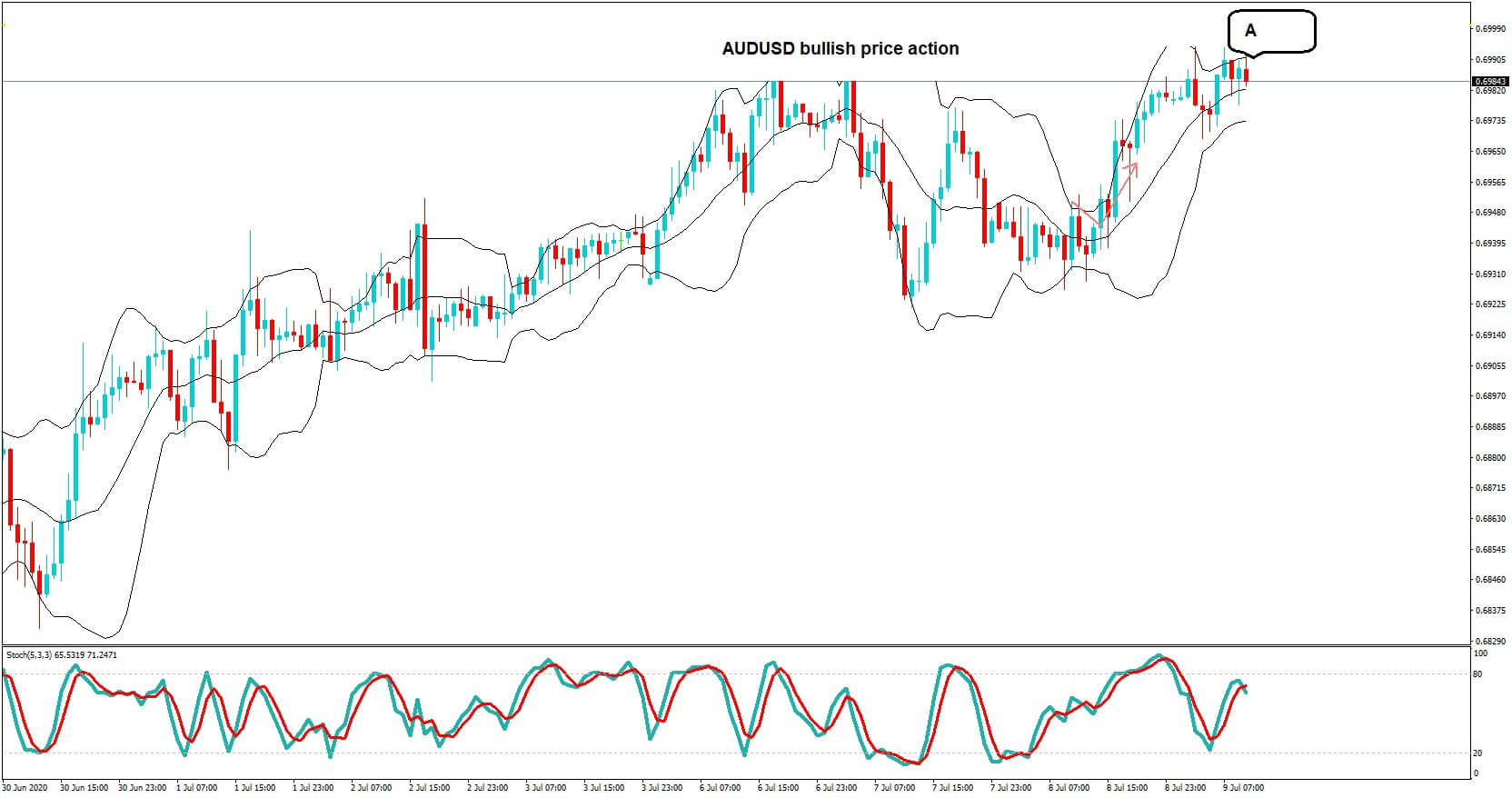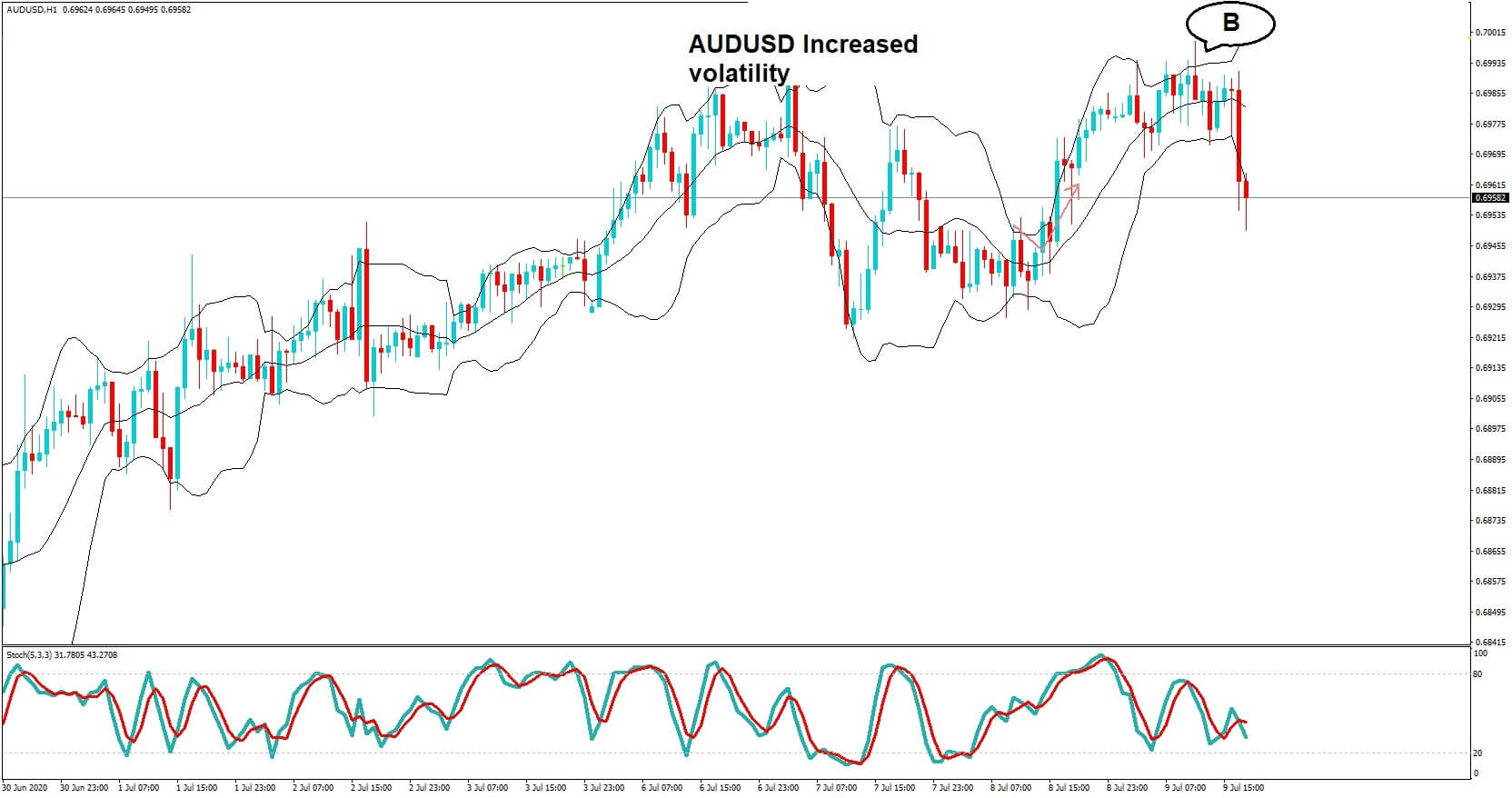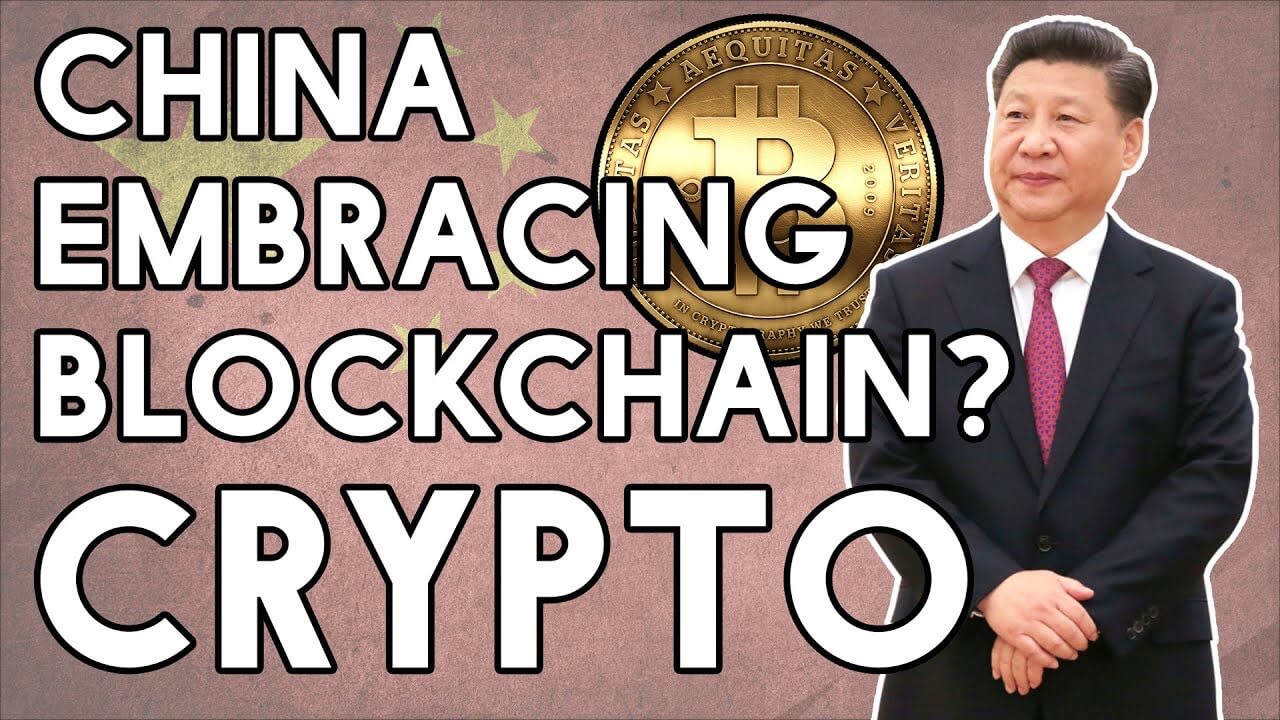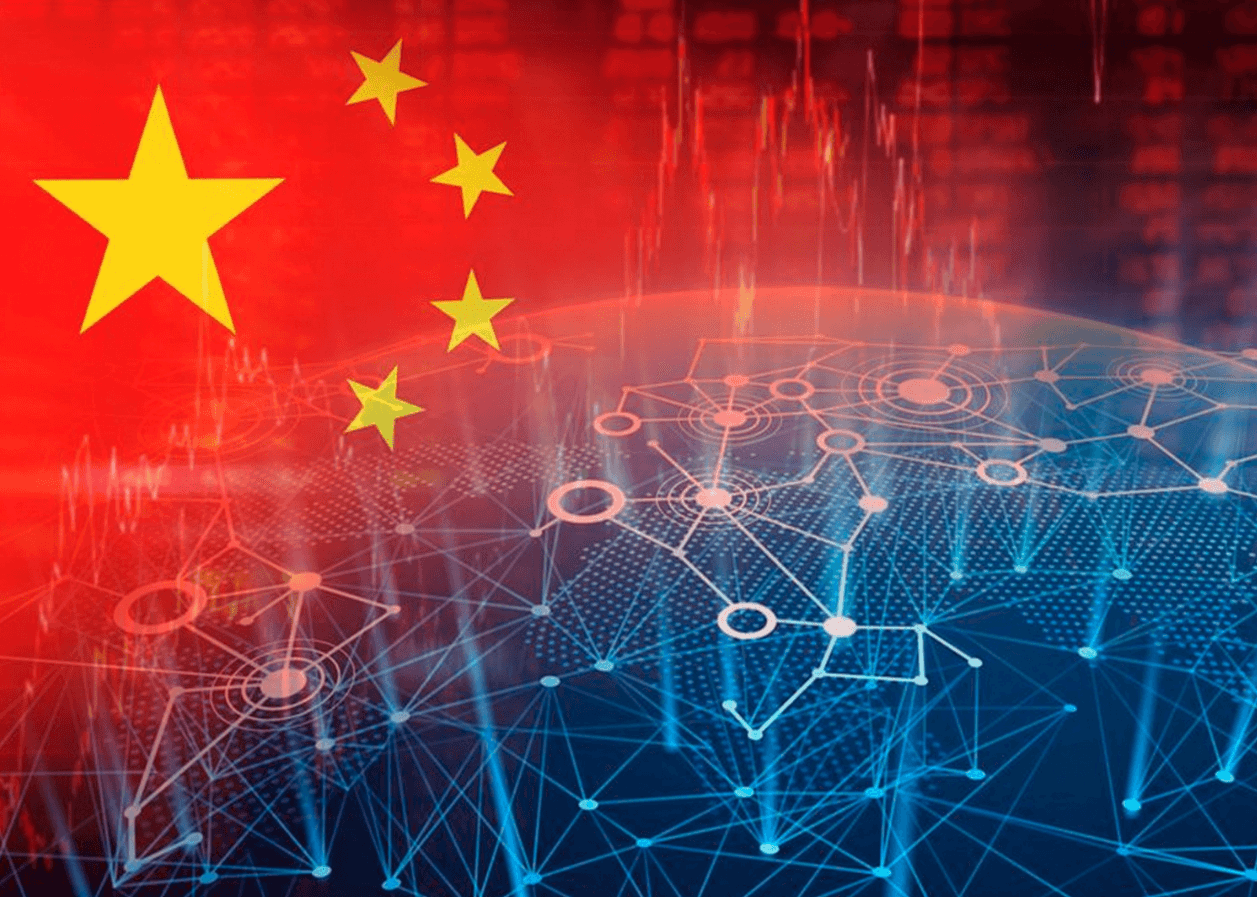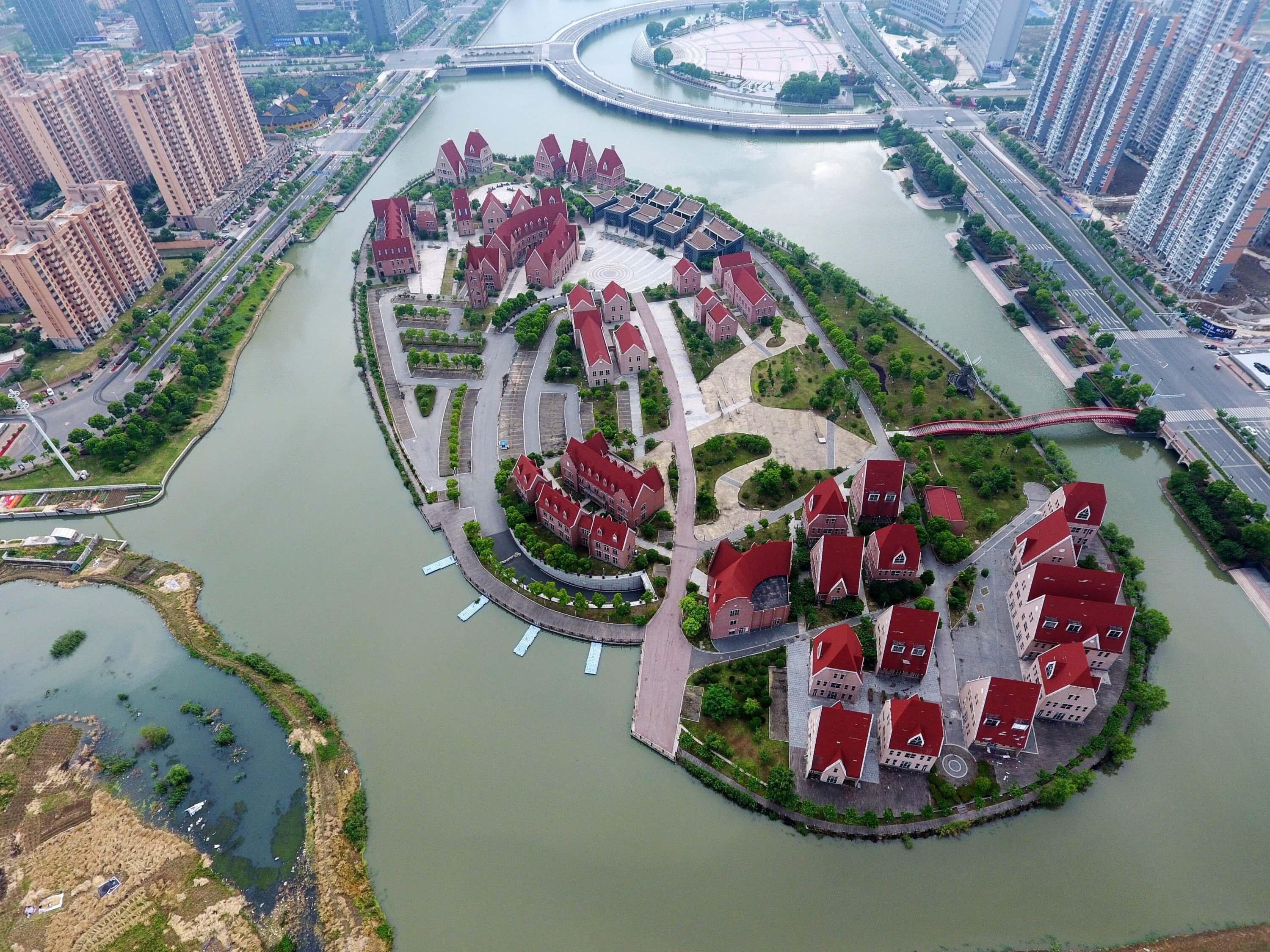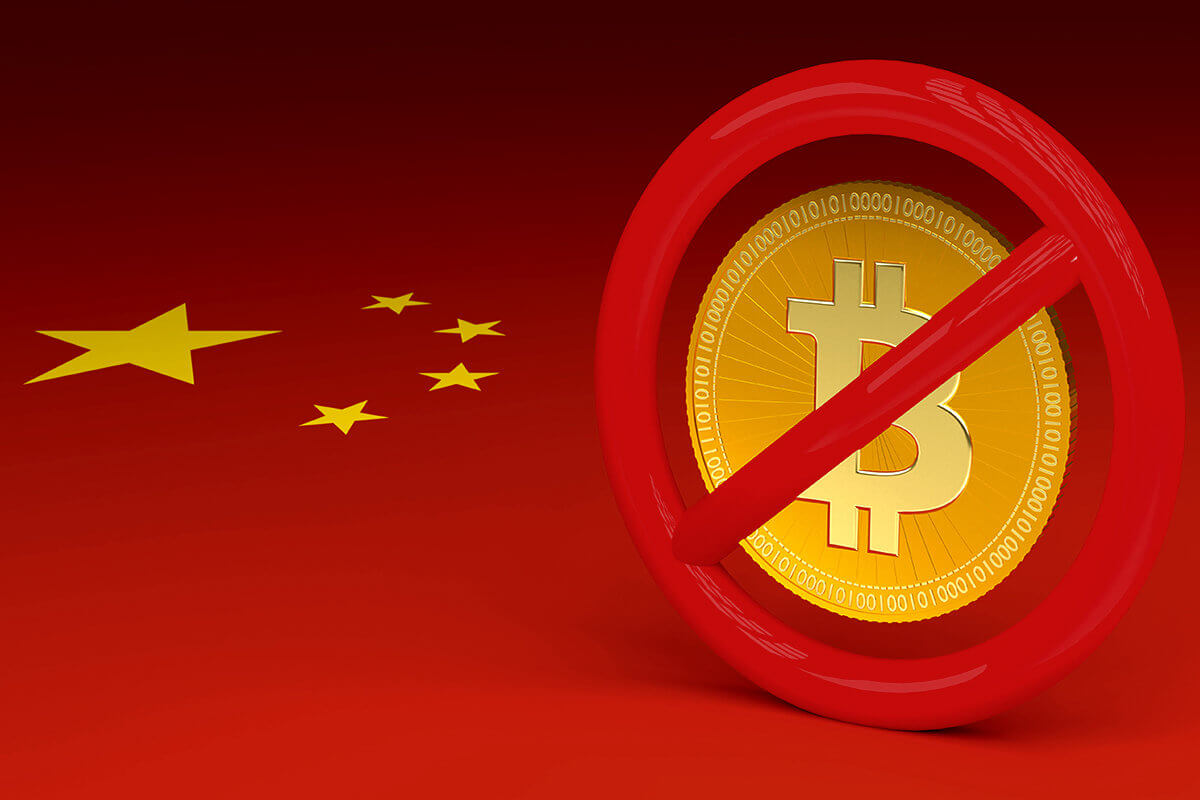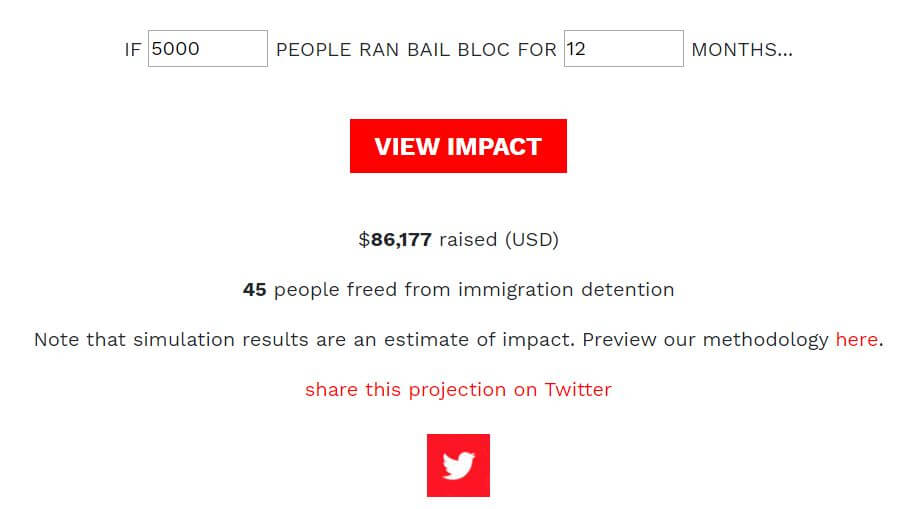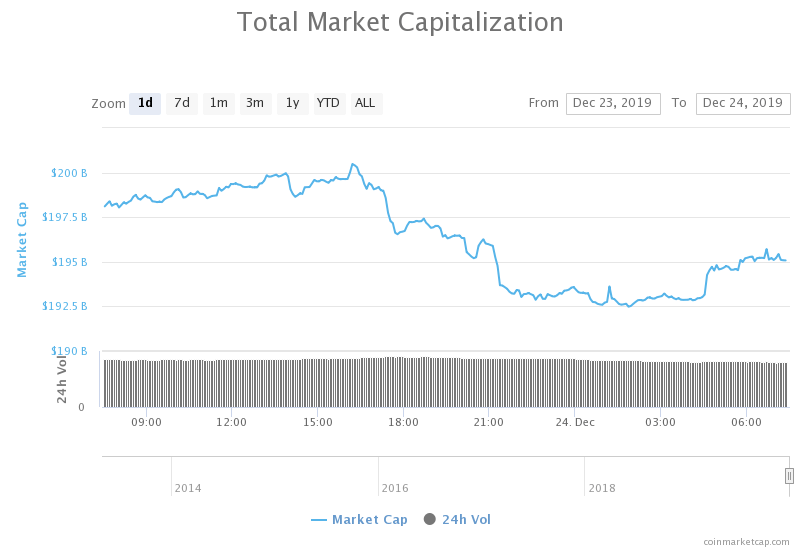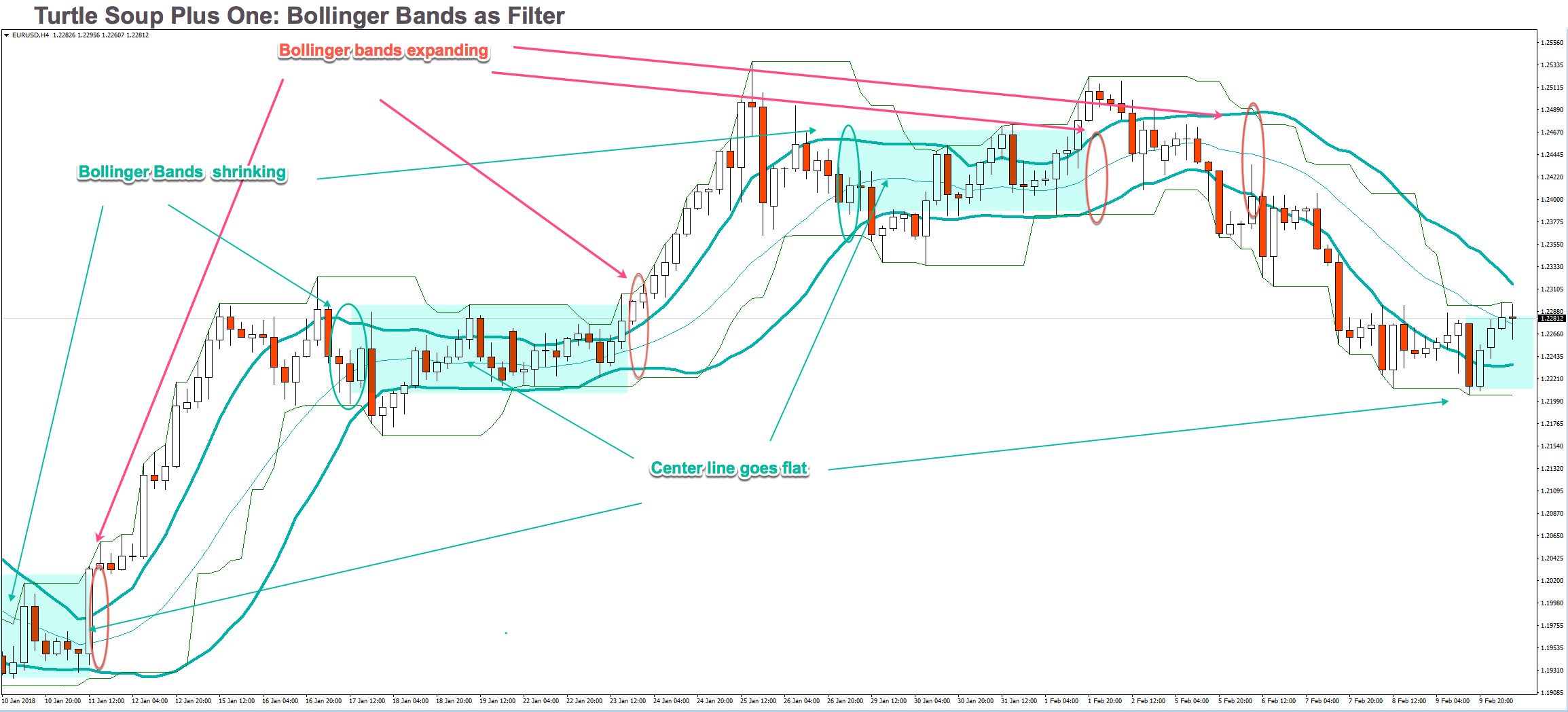Abstract
Throughout history, there have always been countries that stand out for their developments and their economy. From the Second World War until recent years, the United States stood out for having one of the largest domestic productions of goods and services in the world. But in the last three decades, China has shown high rates of economic growth over any other country which generated a convergence towards developed countries. With this economic development has also come a social development but that is not enough because many people are still in poverty. This great growth was based on exports from its most developed sectors, manufacturing, and agriculture. But its growth policy has changed in the last ten years, since its leaders wanted to base growth on greater domestic consumption and that most of the population would benefit from this change, which had consequences not only in China but many countries that they traded with this country.
China has emerged in recent years as a super economic power fighting in recent years for being the most important country in economic terms. For some people, China is the most important country in terms of production, and for other analysts, this country still does not reach the first place. Regardless of that ranking, China is the largest exporter in the world and therefore has the highest national reserves in the world. The global crisis of 2009 interrupted the steady growth rate that China had had thanks to its exports, which showed the country’s dependence on its trading partners.
As a result of the global economic slowdown and its consequent slowdown in trade, China’s growth slowed to less than 7% in 2015, one of the worst performances of that economy in the last two decades. In 2016, the slowdown in the economy continued to grow at relatively low rates for that economy. The result of this was the growing indebtedness of the companies reaching very high levels compared to the rate of China’s gross domestic product. Domestic consumption was also affected in addition to a devaluation of the yuan against the dollar which ended up causing a flight of capital that deeply affected the economy of the Asian country.
Despite the economic development and its high growth rates in recent decades in China, there are still many challenges related to the problem of population aging, reduction of the workforce and large differences in the quality of life between the city and the city. countryside. It is true that poverty has declined, but it is still a high rate of around 10% that translates into 120 million poor people, which worries investors and the government because to continue with an optimal path of growth, poverty is an obstacle that has not yet been overcome.
China’s economy is very diversified, but the manufacturing and agricultural sectors predominate. Agriculture employs about a third of the active population and contributes about 9% of the gross domestic product. This is a consequence of China being the most populated country in the world and for that reason, it is one of the main agricultural producers and consumers in the world. In terms of livestock, China is also the largest market in the world in its production to respond to the needs of its population. Mining is also an important sector of the Chinese economy since it has good access to these resources and has large reserves of coal, gold, iron, oil, and gas.
The manufacturing and construction sectors contribute almost half of the production in China. The Asian country has become one of the favorite destinations for the transfer of global manufacturing units because of the amount of labor that makes it cheaper in compared with other countries, although as mentioned before it has been reducing the supply of labor what has been reflected with an increase in the salaries.
But to better understand how China became a super economic power that competes with the United States to be the country with the highest production in the world, it is necessary to understand the relationship between politics and the economy in the Asian country. China is a socialist republic with a one-party system governed by the communist party that has as its principles or aims to maintain a stable and high rate of growth and social stability that allows having a good coexistence within its population. The following graphs show the gross domestic product per capita and nominal respectively between the United States and China.

Graph 26. Gross domestic product per capita, PPP. Data taken from World bank

Graph 27. Gross domestic product. Data taken from World Bank
In 1993 a Marxist economy with liberal laws and policies was introduced. In 2001, China entered the world trade organization and with that began the investment in private property, establishing state interests in own assets and new contract laws. By making a structural analysis of the Chinese economy you can see certain clear characteristics that differentiate it from others and that is why it has achieved economic success:
- High savings rate: In China, there is a savings rate of 51% and an investment rate of 43%. The economies that save the most are the economies that grow the most in the long term since with this saving, investments are financed without having to resort to bank loans. In the case of China, the high savings rate can also be explained due to the uncertainty of private companies and citizens to access bank financing since this type of financing has public companies as a priority.
- Excess capacity: China being governed by a single party has had certain extreme policies such as the regulation of prices in public services and in some cases on land, which has promoted different sectors such as manufacturing and heavy industry reduce their costs and focus more the profits to invest, but has been pushed to the limit so there is excess capacity due to excessive investment.
Another explanation that China converged to the level of the developed countries was its decision to open its borders in 1960 with the free world moving out of the sphere in which it found itself with the Soviet Union. When China decided to open its economy to the entire world, it modified its economic and political system, as previously mentioned, by leaning towards a one-party system.
Beginning in the 1980s, China changed its economy from self-sufficiency to an export-based economy, being a key change for the growth rates it would reach years later. But China knowing that not only could depend on exports due to the excessive dependence of other countries, so it was also building its internal consumption sector so that in the future it would have more alternatives to base its growth.
The Chinese economy is essentially industrial. In the early 1970s, agriculture and livestock accounted for about 30% of China’s gross domestic product. In recent years this has changed, and the most predominant sector is construction and services. Although the primary sector has lost weight in the economy, it continues to provide employment to around 40% of the population, being a very important sector for the Chinese economy. There are also large deposits of minerals, so in 2007 it was the third-largest mineral extraction country in the world.
One of the main products extracted by China is coal and it is the third country that imports most oil in the world, so when China’s economy has problems in its growth it stops demanding oil, affecting the price of this and its producers like Russia, the United States and members of the OPEC.
Analyzing the growth of China’s domestic product in recent years, the industrial sector continues to grow, but not at high rates as it did previously, so we can observe a convergence of China with advanced economies as this is a sign of the consolidation of the Asian country as a world power because the countries that see their industry growing at high rates are usually developing countries.
Another figure that demonstrates China’s current dominance in the economy, as well as the convergence of its economy to advanced economies, is its weight in world production, representing 17% of world production surpassing United States production, which by 2014 represented the 16% of world production. This has been a positive surprise for economists who predicted 30 years ago that China would remain in the group of low middle-income economies. It is important to clarify that China has a higher gross product than the United States in total, but if the per capita gross domestic product is analyzed, the United States continues to have more production than China due to the poverty that exists in China.
An important test that faced the Chinese authorities was the global recession of 2007 where Chinese exports fell between 15% and 18% generating unemployment of 23 million people but managed to recover their growth path, unlike other countries that still have persistent problems since 2007. For some economists is a mystery that is worth studying because China has managed to survive the last major global economic crisis maintaining high growth rates being a country that has tried not to monetarily intervene much the economy.
But in recent years the authorities have tried to take China towards a new economic growth model. The growth model of the Chinese economy that has been based on exports, the development of industry and investment in about 40 years could become a model based on domestic consumption and services, but as mentioned in the paragraph previous always thinking about better standards of life of the population. A clear example of this change in the economic model is the decline in China’s exports of goods and services, as shown in the following graph.

Graph 28. Exports of goods and services. Data taken from World Bank.
The main news has always been based on the growth and predominance of China, but little has been said about social development. China has improved the living standards of its population as few countries have done in history. But the Chinese authorities want to change their economic model to maintain a balanced and sustained growth in the long term. That is why we have seen some adjustments in the world economy today as the crisis of the mining energy sectors worldwide. Oil and other raw materials have suffered serious price crises that have affected the economies of countries such as Venezuela, Russia, Colombia and other countries that received most of their income from these sectors of extraction of raw materials.
China’s current figures are 40% of the domestic product is dedicated to investment, industrial production represents about 50% of production, but services and consumption have low rates compared to developed countries, group to which China has already entered in recent years due to the behavior of its economy.
The structure of the economy that has given positive results to the Chinese economy has caused some friction with other countries since China has produced more than it has consumed and the excess of this has gone to exports. But many countries believe that the exchange rate in relation to the yuan is undervalued so that exports are more competitive than it should be, and this leads to China having trade Surpluses.
The change that the authorities want is to increase the weight of consumption in the economy to the detriment of savings and investment, decrease the weight of exports offset by domestic demand and an increase in the weight of services in domestic production to the detriment of the Industrial production. To support these changes and to encourage greater consumption, China must continue promoting social development, especially in education and health to reduce these items and increase population savings rates.
For economists the fiscal structure must also change to encourage consumption, that is, they must seek taxes on other items than private consumption to reach the objective in the economic transition. If the business tax is increased, the fiscal effect will be compensated so that imbalances in the national accounts are not generated. Likewise, the financial system must refocus its credits since to sustain growth before they were based more on loans for public companies and investments, but with the change of model, they should focus more on loans to people to increase their consumption.
The exchange rate also plays a fundamental point in the change of economic model. As mentioned above, the exchange rate favors the yuan, which is undervalued, which favors exports, but ends up affecting the consumption of people, since to consume foreign goods it becomes more expensive. If the exchange rate is appreciated, this generates an income effect, increasing the purchasing power of consumers and reducing the competitiveness of products of Chinese origin.
But these changes have been taking place since 2010. Since that year, imports have grown more than exports, the trade surplus has been falling and the yuan has appreciated, but to a lesser extent than the other effects. There has also been a clear interference by the government in the economy to generate structural change such as increases in the minimum wage, subsidies for consumption and a progressive extension of the social security system.
All this structural change of the Chinese economy will influence the whole world mainly of the companies and countries that benefited from the Chinese industrialization and the products that it was exporting. Raw materials will also be affected as one of the largest importers in the world is changing its model which will drag prices down. But new developing sectors will also be opened and new opportunities in financial services, consumer goods and other sectors that are related to the new economic model will be opened.
For foreign companies, the main reason to invest in China was the low production costs due to a large amount of labor, but currently, the attractiveness is in the size of its market. But with the change of model, new conflicts have also been generated with foreign companies in China, where the government has tried to favor local companies, following the restrictions of foreign investments in numerous sectors, which is why the fear of economic nationalism has also arisen of the Chinese state.
But here the question arises whether, with the change of model and the emergence of some global problems of this change, China managed to maintain those high growth rates. The consensus among economists is that the good performance of the Chinese economy will continue but not the rates that had been registered for more than 30 years. The factors on which China’s economic growth has been based will continue to operate in the long term, such as:
- Abundant and qualified workforce.
- Growth model open to foreign relations.
- Greater liberalization of the economic system.
- Political and social stability.
- Process of gradual and prudent reform that avoids a strong shock in the economy and its agents.
In conclusion, China has been a unique case in the development of economies due to its political model that has allowed the development of economic policies based on the industrialization of the country, a large number of exports and important social development but still lacking to improve because of a large number of people who are poor. This is seen in the domestic product per capita where China has not managed to surpass the United States as the largest economy in the world because there are still millions of people who are not considered in economic development. China is currently in an economic transition where domestic consumption is the priority to continue with the social process that it has already achieved in the past.
©Forex.Academy

